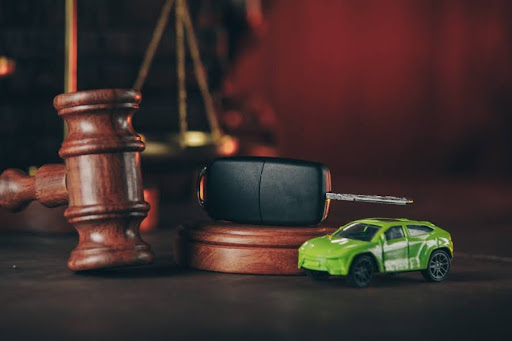Ontario, a bustling city in California, sits at the heart of the Inland Empire. With a population exceeding 175,000, this thriving area is a major hub for transportation, logistics, and commerce.
The Ontario International Airport fuels economic growth, while a vast network of highways keeps traffic flowing. Rideshare services remain popular among residents and visitors, leading to frequent Lyft-related accidents.
Determining liability in a Lyft accident involves multiple factors. Drivers, passengers, other motorists, and even the rideshare company might have a role to play. Insurance policies, state regulations, and the driver’s status during the accident all impact a claim. An Ontario Lyft accident attorney helps victims sort through these legal complexities to secure fair compensation.
This piece breaks down liability in Lyft accidents and explains how victims protect their rights after a crash. Read on.
Lyft Driver Liability
A Lyft driver holds responsibility if reckless or negligent behavior causes an accident. Speeding, running red lights, distracted driving, or driving under the influence creates grounds for liability. Drivers must follow all traffic laws and prioritize passenger and pedestrian safety.
Victims may seek compensation through the insurance policy if a Lyft driver causes a crash while actively transporting a rider. However, if the driver was off-duty or using their vehicle for personal reasons, their auto insurance applies instead.
Lyft’s Insurance Coverage
Lyft provides insurance coverage based on a driver’s status during the accident. If the driver operates the vehicle while off-duty, personal auto insurance applies. Lyft provides limited coverage if the driver has the app on but has not approved a ride. If the driver has approved a ride or has a passenger in the car, Lyft’s entire insurance policy takes effect.
These coverage levels determine where compensation comes from and who is financially responsible. Lyft’s insurance covers medical expenses, property damage, and other losses under specific conditions. Victims must review these policies carefully to ensure fair compensation.
Third-Party Driver Responsibility
Not all Lyft accidents result from the actions of the rideshare driver. If another driver collides with the Lyft vehicle, their insurance policy carries responsibility. Victims must collect information from all parties and gather evidence to support their claims.
A third-party driver may bear full or partial liability if they engage in reckless driving, fail to yield, or ignore traffic signals. When multiple drivers contribute to an accident, liability becomes more complex, requiring thorough documentation and witness statements.
Pedestrian and Cyclist Accidents Involving Lyft Vehicles
Lyft drivers must share the road with pedestrians and cyclists. If a rideshare driver strikes someone due to distracted or reckless driving, they bear responsibility. If another motorist’s negligence forces a Lyft driver into a pedestrian or cyclist, liability shifts to that driver.
Pedestrians and cyclists who participate in an accident with a Lyft vehicle should report the crash immediately, seek medical care, and gather witness statements. Establishing liability often depends on traffic camera footage, police reports, and medical records.
Employer Liability in a Lyft Crash
Lyft classifies its drivers as independent contractors, reducing its direct liability. However, certain situations shift responsibility to Lyft. If the company fails to screen drivers properly or allows unsafe individuals to remain active, victims have grounds for a case against the company.
If Lyft knowingly hires drivers with a history of reckless behavior, they may share responsibility for an accident. Investigating the driver’s background, prior complaints, and company policies can reveal if Lyft contributed to the crash.
In conclusion, liability in a Lyft accident depends on several factors, including driver actions, third-party involvement, and company policies. Victims must determine responsibility to secure fair compensation, substantial evidence, and a clear claim to increase the chances of a successful outcome. Holding the proper party accountable ensures victims receive the financial support needed for recovery.







